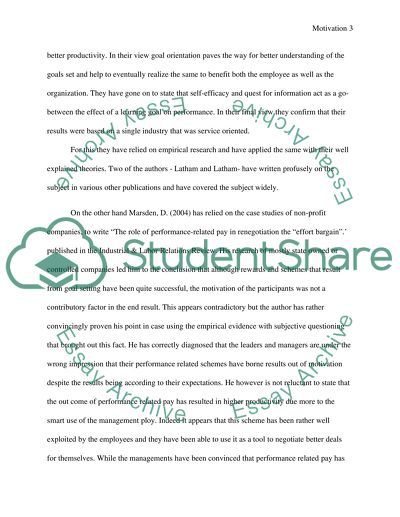Cite this document
(“Motivation and Performance Essay Example | Topics and Well Written Essays - 1500 words”, n.d.)
Motivation and Performance Essay Example | Topics and Well Written Essays - 1500 words. Retrieved from https://studentshare.org/miscellaneous/1518752-motivation-and-performance
Motivation and Performance Essay Example | Topics and Well Written Essays - 1500 words. Retrieved from https://studentshare.org/miscellaneous/1518752-motivation-and-performance
(Motivation and Performance Essay Example | Topics and Well Written Essays - 1500 Words)
Motivation and Performance Essay Example | Topics and Well Written Essays - 1500 Words. https://studentshare.org/miscellaneous/1518752-motivation-and-performance.
Motivation and Performance Essay Example | Topics and Well Written Essays - 1500 Words. https://studentshare.org/miscellaneous/1518752-motivation-and-performance.
“Motivation and Performance Essay Example | Topics and Well Written Essays - 1500 Words”, n.d. https://studentshare.org/miscellaneous/1518752-motivation-and-performance.


